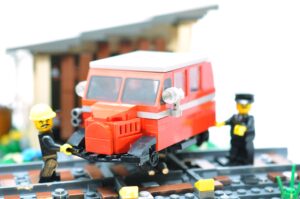Tag: 1:42
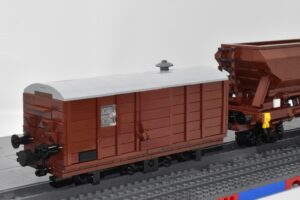
Buffercar (750mm) for Rollbock “Stuttgart 475”
By Thomas Reincke
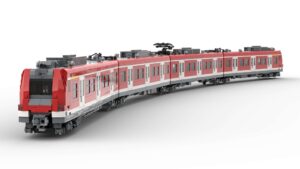
Baureihe 423
By bigdaedy

German railbus VT 95
By Thomas Reincke
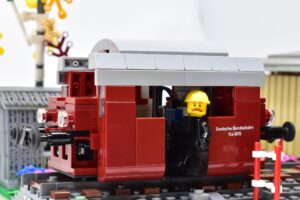
German battery powered small locomotive Ka 4015 (381 101-5)
By Thomas Reincke
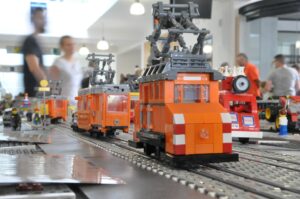
Tramway Railgrinder Aachener Straßenbahn TSS 1
By Thomas Reincke
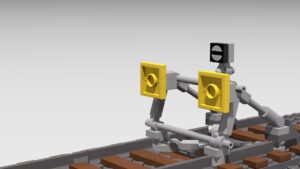
friction buffer stop
By Thomas Reincke
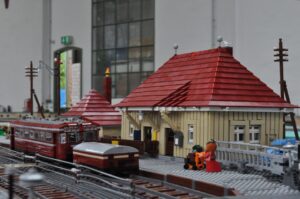
single axle sidecar VB 141 for german railbus
By Thomas Reincke
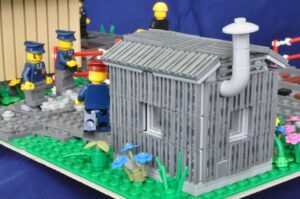
German quonset hut
By Thomas Reincke

German level crossing “Reichsbahnschranke”
By Thomas Reincke

covered freight wagon “Litera H” K.W.St.E.
By Thomas Reincke
